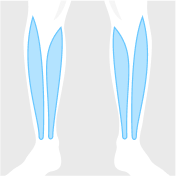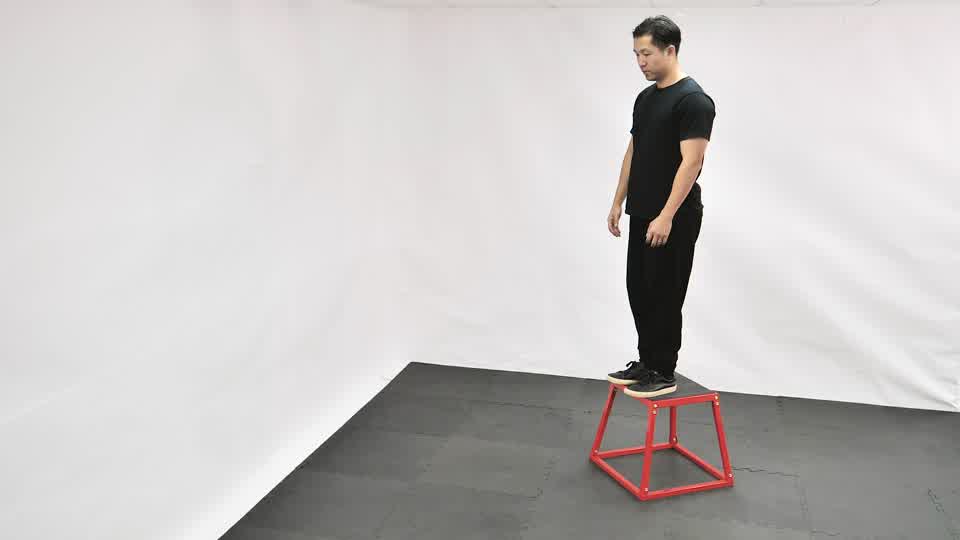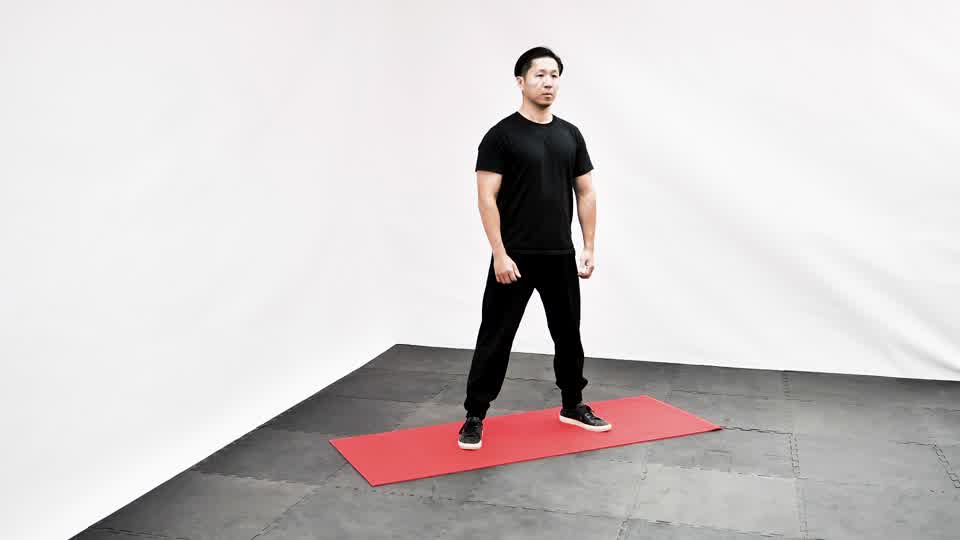MAIN
Box Jumps
Intermediate - Cardio - Compound
Targeted Muscle Group

Upper Legs

Glutes

Lower Legs
Recommended Equipment
How to do it
Box jumps are a popular plyometric exercise that can help improve explosive power, lower body strength, and overall athleticism.
Select a sturdy box or platform that is appropriate for your fitness level. Beginners might start with a lower height and gradually increase it as they become more comfortable and stronger. Make sure the box is stable and won't slide when you land on it.
Start by standing in front of the box with your feet shoulder-width apart, toes pointing forward.
Bend your knees slightly and engage your core muscles.
Keep your chest up and your back straight throughout the movement.
Swing your arms back for momentum as you prepare to jump.
Explosively extend your hips, knees, and ankles as you jump upwards. Swing your arms forward and upward to help propel yourself higher. Aim to land softly on the box with both feet at the same time, using your knees to absorb the impact. Land in a squat position with your knees bent, ensuring your entire foot is on the box and your weight is evenly distributed. Maintain balance and control upon landing. Step down carefully from the box rather than jumping down to reduce the risk of injury. You can step down one foot at a time or both feet simultaneously, depending on your preference and comfort level.
Start with a manageable number of repetitions and sets based on your fitness level. As you become more proficient and stronger, you can gradually increase the number of repetitions and sets. Allow adequate rest between sets to prevent fatigue and maintain proper form. Listen to your body and avoid overtraining.
Once you've mastered box jumps at a certain height, you can challenge yourself by increasing the height of the box or adding variations such as single-leg box jumps or lateral box jumps.













